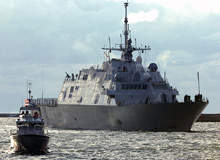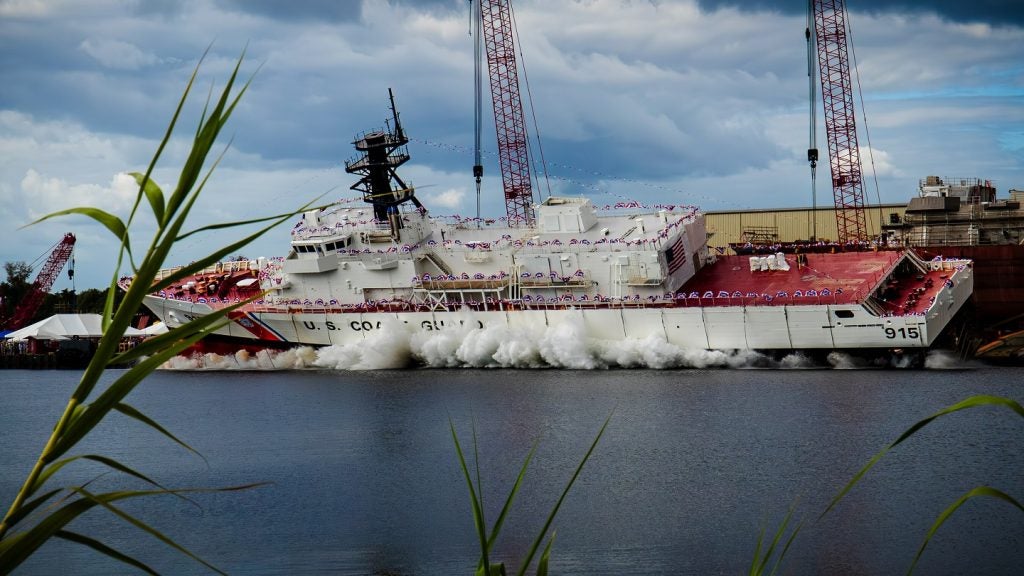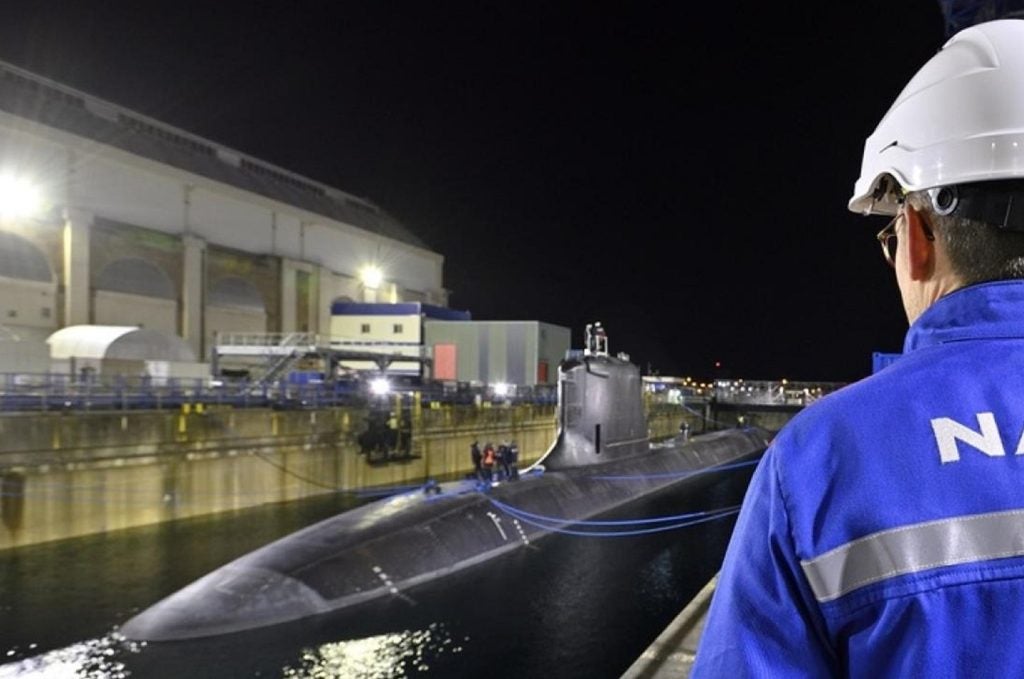
The notion that the world’s navies are entering a new generation of warfare, featuring quasi-national adversaries, decentralised forces and insurgency-style tactics, is now so commonplace it is clichéd. If it is really true, which is to say that these characteristics will persist through the next few decades, then the implications are vast. Both the inter-service resource allocation and intra-navy force structuring will need to be shaped with very different objectives in mind.
However, military leaders throughout history have often been guilty of fighting the last war and the new-wave warfare notion is probably the latest permutation of this error.
In addressing strategic trends at a DSEi event in London last year, General Sir Mike Jackson, former chief of general staff for the UK’s military, said that unconventional warfare is most likely when conventional military imbalances become unusually large. “If you cannot beat them conventionally, for example countries like the United States, you’re pretty foolish to even try,” he said, not advocating surrender but merely noting that there are many ways to skin a cat.
New rules of engagement
How well do you really know your competitors?
Access the most comprehensive Company Profiles on the market, powered by GlobalData. Save hours of research. Gain competitive edge.

Thank you!
Your download email will arrive shortly
Not ready to buy yet? Download a free sample
We are confident about the unique quality of our Company Profiles. However, we want you to make the most beneficial decision for your business, so we offer a free sample that you can download by submitting the below form
By GlobalDataAccording to Jackson we are operating in an era where, “the centre of gravity [comprises] ideas, attitudes, perceptions, values, and ways of life”. If the victory of future warfare really is about attitudes and perceptions then the ultimate weapon is not a machine but a person, operating in contexts that are less, rather than more, military focused.
See Also:
Given that humans live on land, psychologically the most important service would be the army. From first philosophical principles, navies and air forces exist in the first place to influence the survival of people and nations on land, either by controlling resource flows or projecting destructive force onto land.
Contrary to this new breed of psychological warfare, naval and air forces are inherently more technocentric. Out of the two, naval warfare is on balance the most impersonal because naval forces have direct interaction with only the coastal populations whereas air forces can overfly the entire landmass.
This ordering puts navies at the back of the funding line, which would be especially onerous because ships, the basic unit of naval force calculus, are intrinsically larger, more expensive and so ‘lumpier’ on a per-unit basis than aircraft, tanks and artillery.
Force finance
The extreme example of inflexible scaling is the aircraft carrier, at least in its traditional configuration for high-performance fixed-wing jet planes. As so few can be afforded those that do exist are valuable enough to warrant escorts, which pushes the total capital cost of a carrier battle group’s ships above $10bn – excluding aircraft and operating expenses.
However, three flies in the new-warfare ointment make any blanket policy of deprioritising and downsizing navies more problematic than it would seem at first glance. First, from a purely military perspective, technological meta trends are giving more nations the means to mount serious naval threats. Two trends in particular have eroded the primacy of navies in their traditional configuration.
1. Offensive enhancements to terminal weapons have generally outpaced defensive improvements in launch platforms, leading to weapons and platforms becoming increasingly independent of each other. Because weapons are in principle easier to make or buy than platforms, they tend to be favoured by smaller and less-advanced nations.
2. The ability of aerospace and submerged entities to engage surface ships has generally outpaced the ability of the latter to engage the former. Satellite and broad-area aviation surveillance makes the ocean surface even more transparent, relative to the ocean depths, than it was before. Similarly, submarines have increased the range and diversity of their offensive reach without losing much of their advantage in concealment. In effect, surface forces are being vertically squeezed.
Second, broader strategic factors are allowing more nations to build (or rebuild) meaningful navies. Enormous trade surpluses have enabled China to develop significant submarine and anti-ship missile capabilities. Notwithstanding the recent slide in oil prices, energy revenues have allowed Russia to think about building carriers and establishing a permanent naval presence in Syria; and even Venezuela, which is purchasing three Kilo Class submarines. Indonesia has also gone shopping while Brazil is buying Scorpene subs from France as a prelude to building its own nuclear submarine force. And, given its location, Iran could threaten oil tankers and the US Navy alike even if it had no ships at all.
Third, a variety of factors are enabling maritime conflict to become increasingly unconventional.
to build (or rebuild) meaningful navies.”
In particular, many of the autonomous robotics applications that the US military has used effectively in Iraq and Afghanistan could, with some modifications, pose a threat to the US Navy especially in littoral zones. However, unconventional operations at sea don’t have to employ cutting-edge technology.
- Offshore economic assets such as oil rigs are essentially fixed targets and regardless of location these simplify the offensive task to the benefit of guerrilla warriors
- Modern pirates in the Strait of Malacca and elsewhere use small speedboats to approach tankers from the stern at night
- Latin American drug cartels have used mini-submarines to transport their cargo from offshore shipping to coastal drop points – similar to the way in which converted US Navy ballistic missile subs can insert special forces units through ‘lock-in / lock-out’ chambers and unmanned underwater vehicles
Therefore, navies might not be less important, even in an era of smaller-scale unconventional warfare. For example, the increasing utility of aviation assets in unconventional operations should logically apply to naval aviation as well. However, the development of UAVs and vectored thrust for high-performance aircraft may reduce the historical dependence of naval aircraft on large flight decks. In short, navies might not be smaller, either in numbers or ship size, but they will be different.







